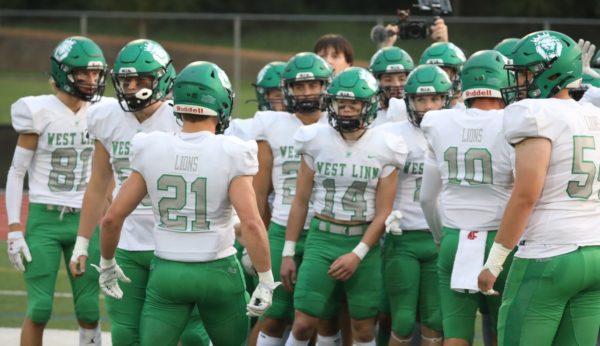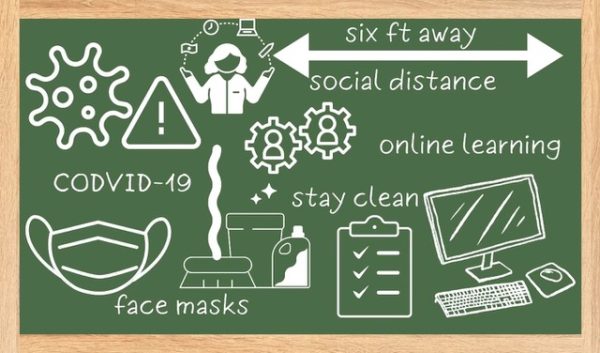Football injuries and prevention
When it comes to football, injuries are just something that comes with it. Coachad.com states that “there are at least 118,886 football injuries per year.” The constant contact poses a real threat of bodily damage, and and with that, the need for recovery. Because of this, it is very important that the school is able to provide for these students and their injuries. So does it?
During an interview on Sept. 14th, the school trainer, Becca Feuerherd, gave information relating to the health and wellbeing of the football team. “On a daily basis I may see up to 5 new injuries to our athletes on the football team,” Feuerherd said. These injuries range from a overworked arm, up to dislocation and fracture of bones. While alone these injuries are not much of a threat, the effects of them begin to add up. Without proper injury prevention, they can lead to delayed onset muscle soreness, tearing, and worsening fractures.
“I think we do a great job of injury prevention at West Linn High School,” Feuerherd said.
“All of our athletes have the opportunity to participate in strength and conditioning/injury prevention programs during their offseason, which is crucial to limiting injuries in-season.” Along with off season training, coaches limit practices as to not push student athletes to the point of injury, and athletes are taught proper techniques to prevent injury.
“I always want to make sure I dedicate enough time with each athlete to educate them on their injury and give some guidance on how to manage it,” Feuerherd said. Taking time to understand pre-existing injuries is just as important as preventing new ones. If not respected, playing with injuries greatens the chance of the injury worsening and becoming serious.
These prevention practices that the school uses helps to keep student athletes away from injury, and promotes giving injuries time to heal before heading back into play. It is important to be able to understand yourself though, and proactively be paying attention to your own body and how you feel. Our school trainer, Becca Feuerherd said, “The best advice I can give to our athletes is that being in pain is not ‘normal’. If an ache or pain does not go away within a few days, I recommend having it evaluated to limit the chance of a minor injury turning into a bigger problem that could result in time away from sports.”
Your donation will support the student journalists of West Linn High School. Your contribution will allow us to continue to produce quality content by purchasing equipment, software, and continuing to host our website on School Newspapers Online (SNO).

Logan Winder is the opinion section editor, and a regular contributor to the Amplifier newspaper. This being his 3rd year on staff, he is excited to be...

























![Game, set, and match. Corbin Atchley, sophomore, high fives Sanam Sidhu, freshman, after a rally with other club members. “I just joined [the club],” Sidhu said. “[I heard about it] on Instagram, they always post about it, I’ve been wanting to come. My parents used to play [net sports] too and they taught us, and then I learned from my brother.”](https://wlhsnow.com/wp-content/uploads/2024/03/MG_7715-2-1200x800.jpg)
![At the bottom of the third inning, the Lions are still scoreless. Rowe stands at home plate, preparing to bat, while Vandenbrink stands off to the side as the next batter up. Despite having the bases loaded, the team was unable to score any runs. “It’s just the beginning of the season. We’re just going to be playing out best by June, [and] that’s where champions are,” Rowe said.](https://wlhsnow.com/wp-content/uploads/2024/03/IMG_3077-1200x900.jpg)





![The teams prepare to start another play with just a few minutes left in the first half. The Lions were in the lead at halftime with a score of 27-0. At half time, the team went back to the locker rooms. “[We ate] orange slices,” Malos said. “[Then] our team came out and got the win.”](https://wlhsnow.com/wp-content/uploads/2023/10/IMG_2385-1200x800.jpg)







































































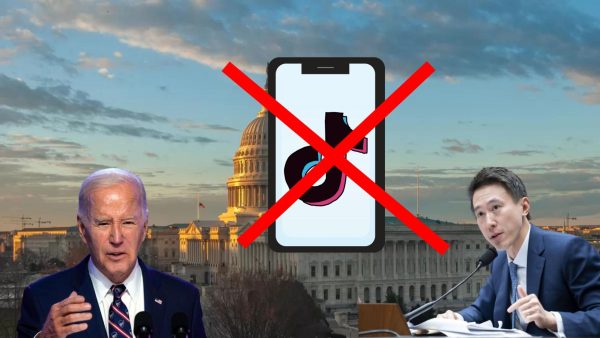

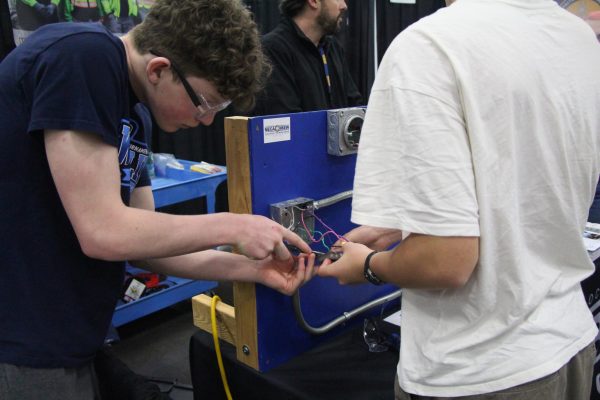


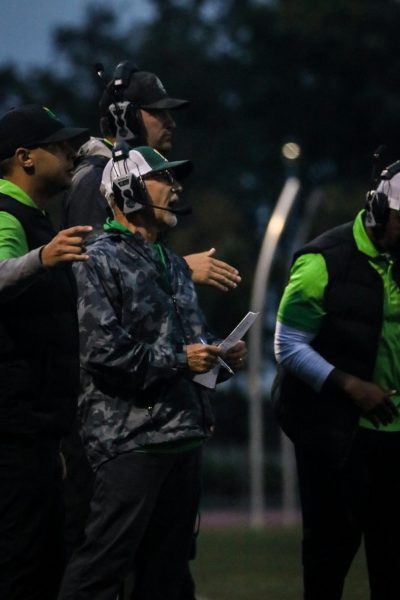

![The teams prepare to start another play with just a few minutes left in the first half. The Lions were in the lead at halftime with a score of 27-0. At half time, the team went back to the locker rooms. “[We ate] orange slices,” Malos said. “[Then] our team came out and got the win.”](https://wlhsnow.com/wp-content/uploads/2023/10/IMG_2385-600x400.jpg)
